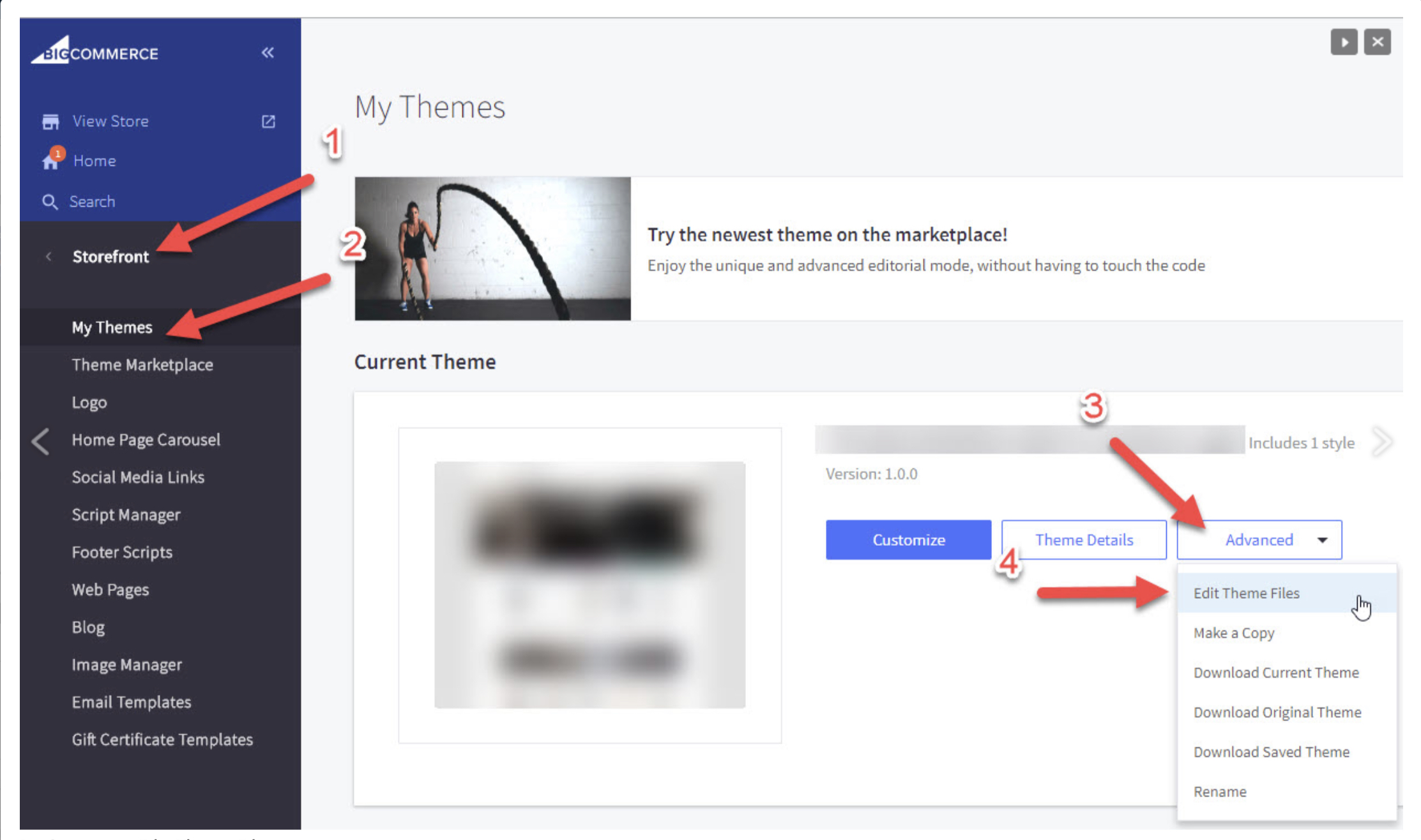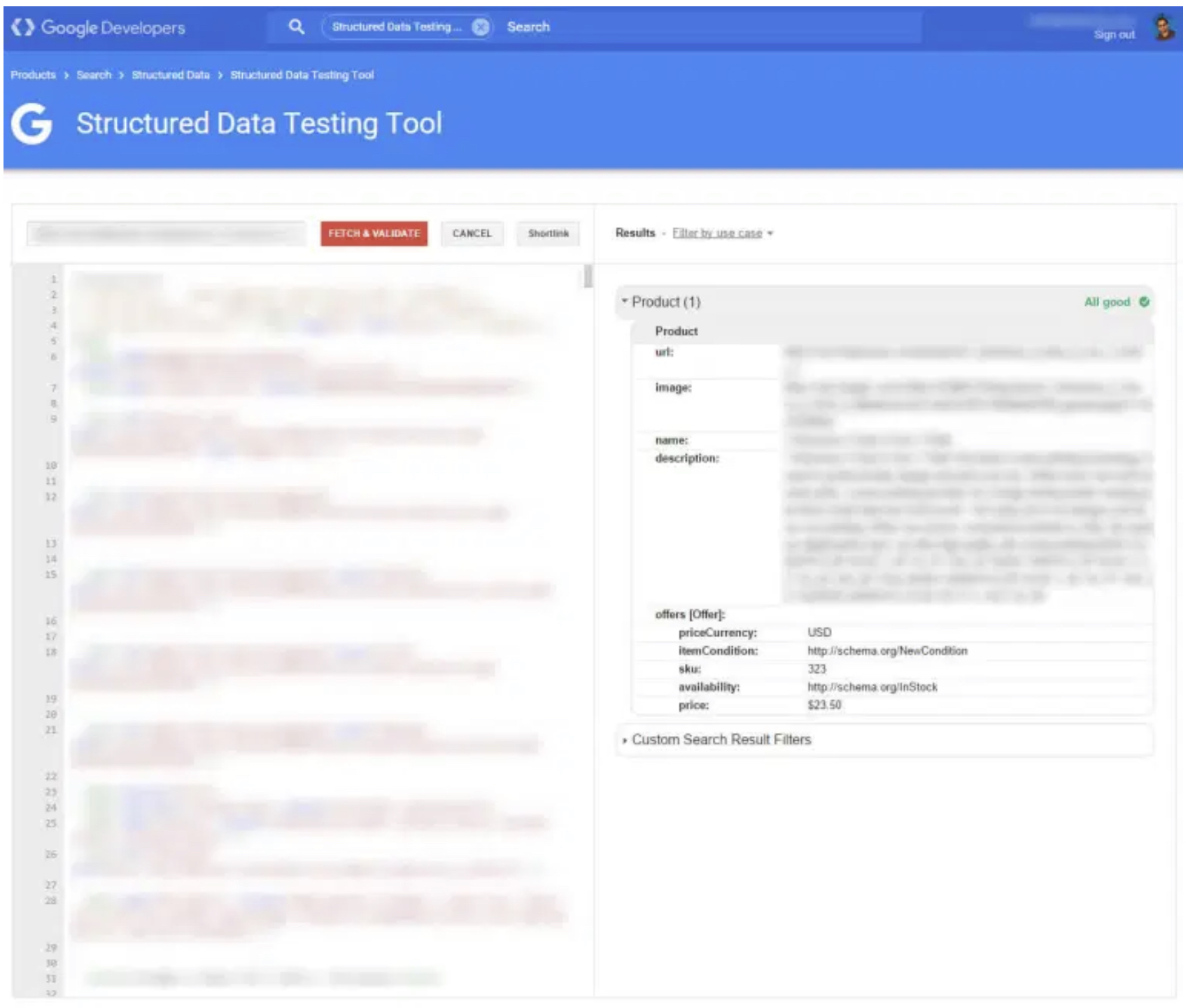How to Add Structured Data to BigCommerce store?
If you were to look at a web page, you should be able to quickly identify the most significant information on it. Even with how powerful search engines have evolved, doing the same can be difficult. Search engines benefit from structured data because it tells them exactly what’s on your page. Structured data gives search engines a much better grasp of the material on each page when you use it on your website.
In this article, we will show you How to add structured data to BigCommerce store to upgrade your store ultimately.
What is structured data?
Structured data is data that is arranged in a tabular manner and is prepared using a preset (fixed) structure. Consider a table with discrete values in each cell. The schema is the blueprint for how the data is organized, and it is used to explain the value and format of each column in the table’s heading row. The schema also establishes the constraints that must be met in order for the data to be consistent and computable.
A relational database is an example of structured data: tables are linked using unique IDs, and data is interacted with using a query language like modern SQL.
Benefits of adding structured data
Structured data, according to some, can aid with ranking or influence where your material appears on search results pages. There is, however, no genuine evidence that this is the case. Instead, it enables search engines to have a comprehensive picture of your site, allowing them to more properly offer content when users enter relevant search queries. Structured data, at its most basic level, is a technology that aids SEO and helps search engines display more relevant content more correctly.
When search engines know exactly what’s on your page, they’re able to do some really cool things with it. They may display your material as a rich result in the SERP at times. Rich results are enhanced search results that present your material differently depending on the type of content used. These rich results will go into greater depth than standard search results, and they will almost always include photographs or other visual information. Benefits of structured data including:
Rich Cards Knowledge Graphs
How to add structured data to BigCommerce store
Step 1: Edit theme file
All of your old structured data code should be removed.
Go to Storefront > My Themes > Inside the current theme, select Advanced > Edit Theme Files to edit the theme.

Go to templates/components/products/product-view.html for more information.
Copy and paste the JSON-LD or Microdata at the top of the page.
Step 2 : Testing
Check the website with Google’s Structured Data Testing Tool to make sure you did everything correctly.

As of this writing, there are warnings:
Pricing is valid till the aggregate rating review is completed. There is no default code in BigCommerce that can be used to fill in these fields. So just ignore them.
Structured data common issues
Marking up invisible contents to users
While this markup may appear in SERPs, it is frequently detected when Google updates its algorithm or scans the site regularly. However, because the marked-up text is hidden from the user, Google may view the practice as deceptive or misleading, resulting in a manual action, particularly if a site owner has been warned yet continues to use the practice.
Applying a page specific markup site-wide
Frequently, firms award an item’s rating to the entire category. This practice may be considered manipulative and may result in a punishment. Use the markup for a single product, not a category or a list of goods, to prevent manual action. Google suggests merely listing the top-level topic and aggregating/or average the reviews and ratings when utilizing schema markup on a series of goods.

Delivering different structured data based on user detection
It’s tempting to change the content of a website based on user detection. International websites frequently need to adjust prices based on a user’s IP address and even alter content depending on demographic data. However, this can be interpreted as a form of manipulation yet again. The ideal situation is for the markup to be consistent across sites and locales.
Using similar tags on the page related to the same element
At first glance, many schema.org tags appear to be the same. The first shows when the page was first published, while the second shows when the content was last updated. As a result, they have a distinct function in your markup. Unfortunately, businesses frequently mix them up and assign incorrect markup to various website elements.
Conclusion
Structured data is a highly effective SEO markup that can be applied to any website. It has the potential to make your material appear as a rich result in search engines. Even if you never receive a lucrative result, your website will be easier for search engines to read. Structured data may not have a direct impact on SEO, but when a search engine knows exactly what’s on your site, it’s easier for it to be recommended with related searches.
As long as you follow How to add structured data to BigCommerce store , you should be able to reap some of the rewards.





